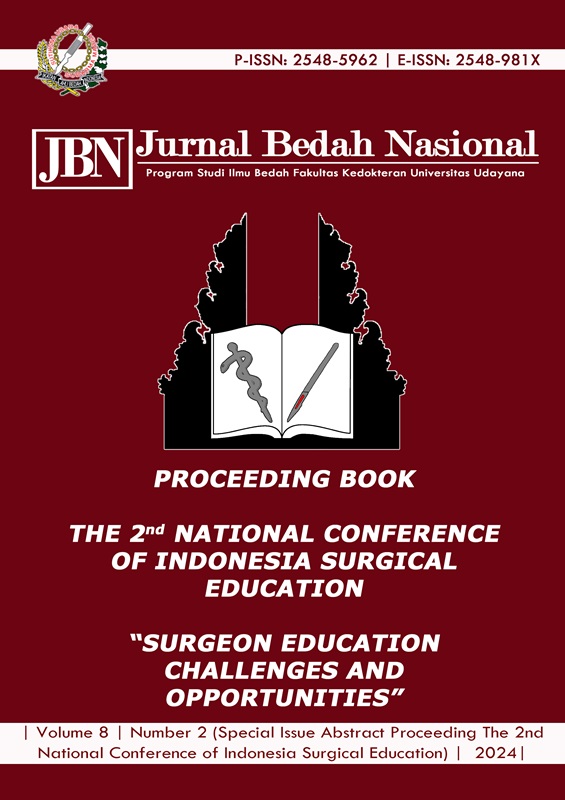019. Craniofacial Fracture and Secretome: A Systematic Review
Abstract
Background: The challange in craniofacial fracture management is restore the morphology and physiology of the carniofacial features to pre-injury remains a challenge. Tissue engginering such as secretome become a great hope as a modern and comprehensive therapy for handling craniofacial fractures. To evaluate the effectiveness of application of secretome in craniofacial bone regeneration in animal and human models. Methods: We conducted in August 2024 through several online databases, including PubMed (MEDLINE), The Cochrane Library, and Google Scholar. The inclusion criteria include methodological research (in vivo, in vitro, or clinical studies) which provided a complete set of data and full-text articles. We omitted studies of non-craniofacial bone fracture repair. COCHRANE RoB 2.0 checklist to analyze the risk of bias. Results: Twenty articles selected, 16 investigated animal models and four conducted clinical studies. Two animal studies researched on rabbits (n=34), one on dogs (n=4) and 13 on rats (n=281). There are 48 participants on the clinical studies. Secretome in animal and humans model increase titer which had effect to bone regeneration such as IGF, VEGF, TGF-B-1, osteocalcin, Runx2, PCNA, ANG1, ANG2, MMP8, BMP2, IBSP, MMP13 and ICAM-1. In radiology and histology evaluation, secretome reported increase rate of bone regeneration. Conclusion: Secretome promotes the expression of cytokines required for bone healing. secretome can enhace craniofacial bone regeneration by speeding up healing and increasing the areas of repair. Analysis is done through morphological studies, CT scan results, and histological findings.
Downloads

This work is licensed under a Creative Commons Attribution 4.0 International License.
Program Studi Ilmu Bedah Fakultas Kedokteran Universitas Udayana. 
This work is licensed under a Creative Commons Attribution 4.0 International License.






